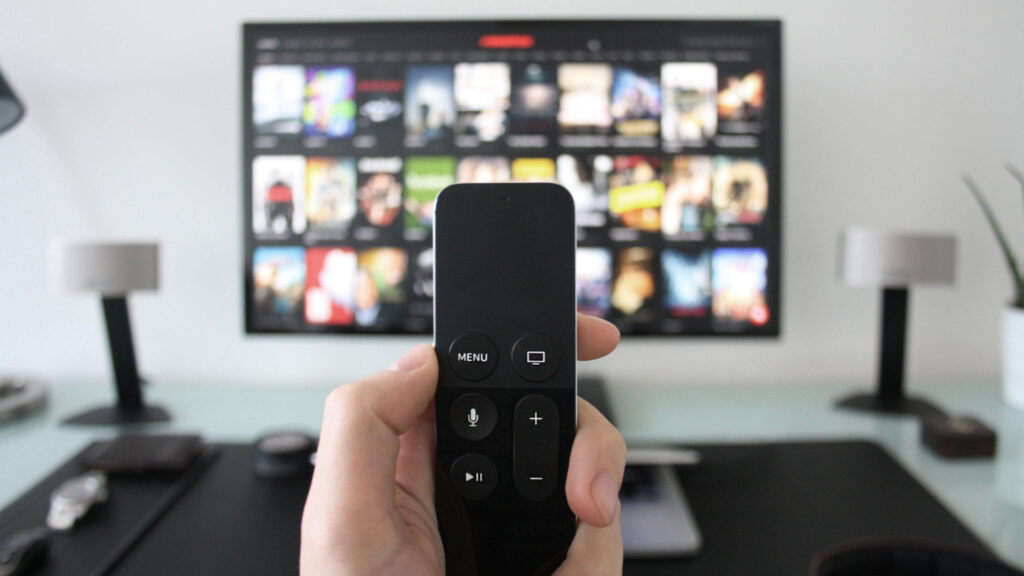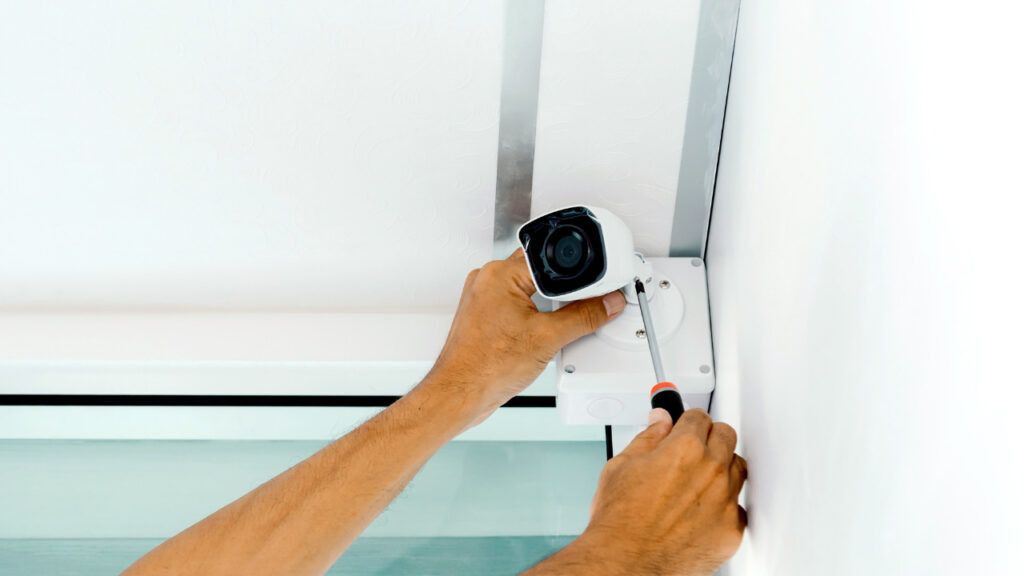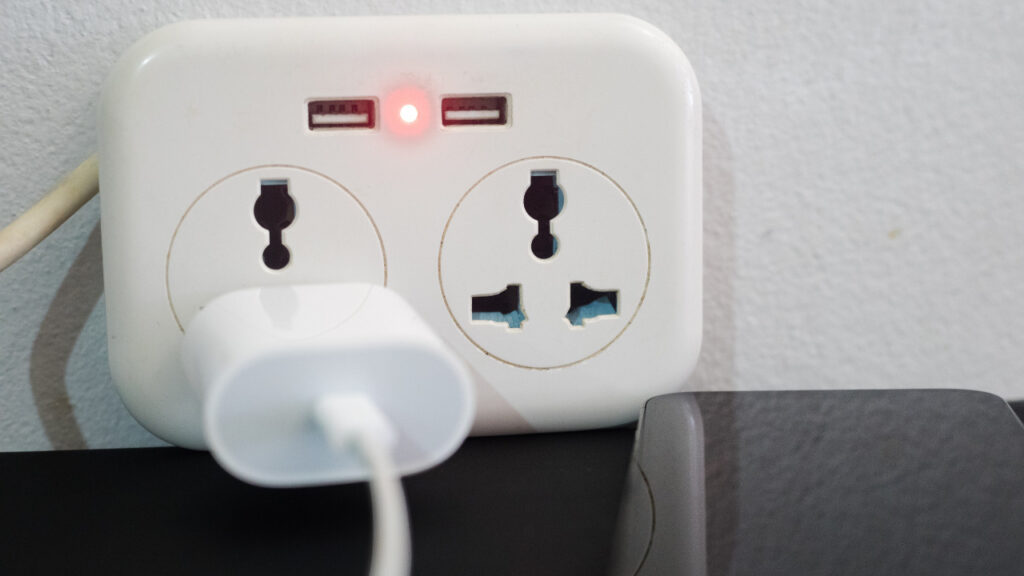Gone are the times when homeowners used to manually control home appliances and gadgets.
Now, technology intervention has changed things once and for all.
Now you don’t need to lock the doors manually and carry house keys. Similarly, your house temperature isn’t dependent on you turning on and off the heating or cooling system.
Now, you can control all the aspects of your home by just using your smartphone. It gives you complete control over things. Not only this, but you can even monitor and control things when you are away. All thanks to the benefits of smart home technology.
Wondering what it is and how it’s changing our lives? Well, you are not alone in this.
Let’s get into details of smart home technology, how it works, pros and cons, and much more.
Table of Contents
What is Smart Home Technology
A smart home is a home setup where all the devices and appliances are interconnected with each other through a working internet connection. You can control and monitor these devices using your mobile phone or other smart devices. This enables remote access to your house even when you are not around.

Smart home technology has made our lives easier to a greater extent. Now we are living in homes that are interactive and operate automatically without a lot of interference from humans. Let’s find some more details about the history of smart homes.
Origin of Smart Home
But who first came up with the idea of smart homes?
Well, you will be surprised to know that smart homes were actually an idea before having any structural existence. They first appeared in the writing of renowned authors and science fiction movies. However, with time technological advances made sure that this far-off dream turned into a reality.
Here is a brief timeline that pretty much explains the origin of modern smart homes.
- Early 90s – This was the time when most of the home appliances came into existence. Though they were not as smart as now, people got to see many of these appliances for the first time.
- 1960s – During the 1960s, the first smart device known as ECHO IV was invented. Though the device was never sold, this device was capable of turning on and off home appliances, creating shopping lists, and much more. Just after a year, The Kitchen Computer was invented which was able to store recipes and make your kitchen more automatic.
- Late 90s – These technological advancements were ongoing and during this time the focus shifted to aging individuals and research got more advanced.
- 2000-2015 – Smart home technology became a reality and gained massive popularity. Not only this, but the research in the area was insane and there were many different smart home applications and platforms that emerged during the period.
- Modern Smart Homes – In recent times, smart home technology has become quite popular. Modern smart homes are now energy efficient and are focused on reducing carbon footprint.
How Does Smart Home Technology Works
Many people are curious about smart homes, wondering how they work and execute all the functions with perfection. Let’s understand the workings of smart homes with an easy example.
All of us know how remote control cars work. These cars have an antenna that catches signals from the battery-operated remote. Right?
Well, this is exactly the case with smart home essentials. These devices are connected with the remote control through a stable internet connection. However, in the case of smart homes, your mobile phone or other smart devices work as a remote control. You control these devices by using smart home apps on your devices.
For increased efficiency, these smart home devices are connected to a central hub or a central control panel that is installed in your home. These devices connect to this panel through smart wiring. Then you get to access the control panel through your mobile phone device via a mobile application. That’s how smart home technology works effectively.
5 Examples of Smart Home Technology
Some of the common applications of smart home technology in our modern homes include:
1. Smart Entertainment
You’ve got a home theater that should keep you entertained. With smart home technology, you can easily control your smart television and speakers which makes it a more enjoyable experience.

2. Smart Thermostat
This is another example of smart home technology in our modern homes. Smart thermostats are devices that let you control the indoor temperature of your home based on your individual preferences and outside temperature. A smart thermostat adjusts itself accordingly when it’s your time to return from the office.

3. Smart Doorbells
Smart doorbells are one of the must-have smart home essentials in our modern homes. These doorbells are connected to the security cameras outside and let you visualize the person standing on the door without going to visit it.

4. Smart Security
Another example of smart home technology is smart security. Unlike the traditional security appliances in your home, modern security systems are way more efficient and secure. Some of the components of these security systems are smart security cameras, sensors, smart locks, etc. Smart locks let you control the entry and exit to your home while sensors monitor any unusual activity and breakage attempt into your house.

5. Smart Plugs
Smart plugs are just like the normal plugs that you can connect with your light and fans. These smart plugs help you to control the on and off function of these devices.

Pros and Cons of Smart Home
Pros of Smart Home
There are multiple benefits of smart home technology which are responsible for their increasing popularity. Here are some of the potential benefits of smart home technology that you need to know about.
1. Convenience
Smart home technology benefits include more convenience. Yes, you don’t have to worry about operating things on your own. You can leave kids or pets at home and monitor them when you are not home.
2. Home Automation
Smart home technology makes your home automated which means you don’t have to operate appliances manually. Automatic homes are way more efficient than the conventional home.
3. Energy Efficiency
Smart home technology controls turn on and off functions of your home appliances to save a lot of money on electricity bills. You don’t need to leave the device turned on for long when you are leaving the house as smart home technology will take care of it.
4. Home Security
One of the benefits of smart home technology is that it ensures better security of your home. Whether it’s smart alarms or smart security cams, smart home technology takes care of it.
5. Remote Access
Smart home technology lets you access your smart home from anywhere. You can control all the functions even when you are not around. This is particularly important for the people who have houses that they only visit a few times during the year.
6. Save Money
You can save money on electricity bills when you have smart home appliances in your home. Other than this, smart sensors always warn you about any leakage, electricity faults, or other such things saving you money on massive repairs and replacements.
7. Increase Market Value
One of the benefits of smart home technology is that it increases the resale value of your house. It increases the overall appeal of your house and ensures that you get the best price for it.
Cons of Smart Home
With all the benefits, smart home technology comes with a few drawbacks. These include:
1. Security Risk
Smart home devices are operated through an internet connection which increases the risk of security due to hacking activity.
2. Internet Outage
Though this is a rare occurrence, many owners face this problem while living in a smart home. An unstable internet connection can let you lose control over your home and can be quite bothersome especially when you are away from home.
How to Set Up a Smart Home
Are you swayed by the benefits of a smart home and looking to transform your space? Well, here is all you need to know about setting up a smart home.
- Choose what devices you want to upgrade first.
- Get the best appliances that suit your individual housing needs.
- Choose a smart home app to connect all your devices.
- Now, go for the installation of these smart appliances.
- Configure the devices according to your needs and get complete control of your house.
This might look simple, but home automation installation can be quite tricky to handle and may require time.
Smart Home Technology for Better Living
A smart home is a living space with interconnected devices that you can control and monitor using your cellular phone. These devices are connected to your mobile phone via a central hub and require a stable internet connection to work.
There are many benefits of smart home technology and it’s making our lives easier. The popularity of smart home technology is rapidly increasing and many people are going after this trend. However, smart home installation is not very easy. Though many people can do a DIY project for perfect installation and work, it is recommended to go for professional installation services.





